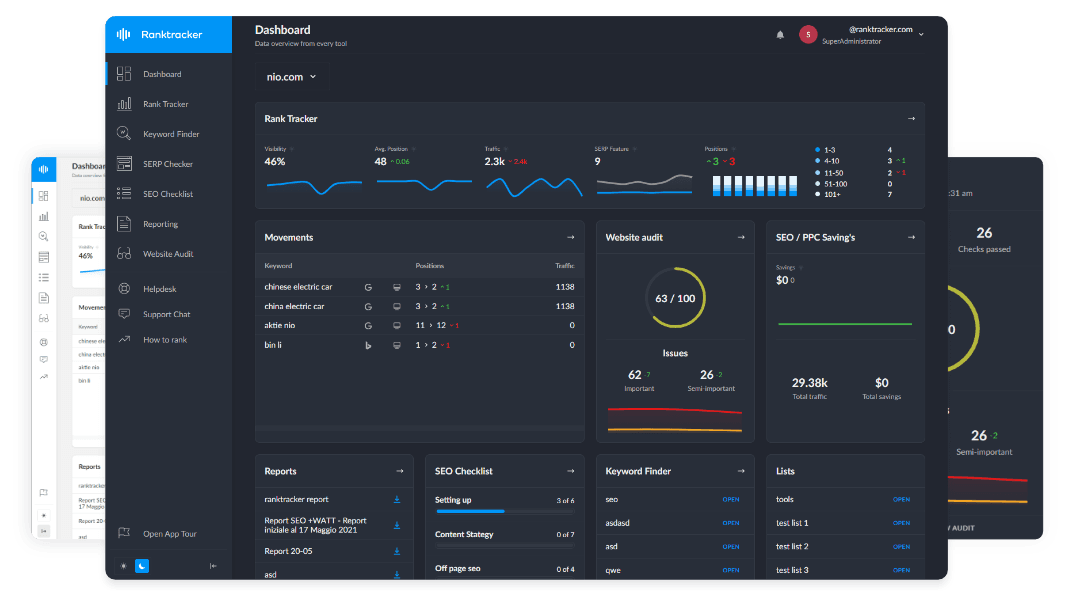Intro
Semantic HTML refers to the use of HTML elements that convey meaning and structure to both browsers and search engines. Unlike generic <div> and <span> elements, semantic HTML elements provide clear context for web content, improving SEO, accessibility, and maintainability.
Why Semantic HTML Matters:
- Helps search engines better understand page content.
- Improves web accessibility for screen readers and assistive technologies.
- Enhances user experience with a well-structured layout.
Key Semantic HTML Elements & Their SEO Benefits
**1. <header> – Defines Page & Section Headings
- Used for branding, navigation, and introductory content.
- Example:
<header>
<h1>SEO Best Practices for 2024</h1>
<nav>
<ul>
<li><a href="/home">Home</a></li>
<li><a href="/seo-tips">SEO Tips</a></li>
</ul>
</nav>
</header>
**2. <nav> – Organizes Website Navigation
- Helps search engines identify primary site navigation.
- Example:
<nav>
<ul>
<li><a href="/blog">Blog</a></li>
<li><a href="/contact">Contact</a></li>
</ul>
</nav>
**3. <article> – Defines Standalone Content
- Used for blog posts, news articles, and independent content sections.
- Example:
<article>
<h2>How Google Uses AI in Search</h2>
<p>Google's AI-driven search algorithms improve results...</p>
</article>
**4. <section> – Groups Related Content
- Ideal for organizing thematic content within a webpage.
- Example:
<section>
<h2>On-Page SEO Factors</h2>
<p>Optimizing title tags, meta descriptions, and headings...</p>
</section>
**5. <aside> – Secondary Content & Sidebars
- Used for widgets, side notes, and related links.
- Example:
<aside>
<h3>Related Articles</h3>
<ul>
<li><a href="/seo-tools">Top SEO Tools</a></li>
<li><a href="/backlink-strategies">Backlink Strategies</a></li>
</ul>
</aside>
**6. <footer> – Defines Page Footers & Metadata
- Used for copyright information, contact details, and navigation links.
- Example:
<footer>
<p>© 2024 SEO Experts. All rights reserved.</p>
</footer>
How Semantic HTML Improves SEO
✅ 1. Enhances Search Engine Crawling & Indexing
- Google prioritizes well-structured content for better rankings.
✅ 2. Improves Page Accessibility
- Semantic elements help screen readers interpret content correctly.
✅ 3. Boosts Featured Snippet & Rich Results Potential
- Structured content increases visibility in SERPs and voice search.
✅ 4. Enhances Internal Linking & Navigation
- Clear
<nav>structures improve crawl efficiency and UX.
Tools to Optimize Semantic HTML
- Google Search Console – Analyze indexing & structured data errors.
- W3C Validator – Check for HTML validation and semantic issues.
- Lighthouse Audit (Chrome DevTools) – Evaluate accessibility & SEO performance.
Conclusion: Strengthening SEO & UX with Semantic HTML
A properly structured Semantic HTML strategy improves search rankings, accessibility, and site usability. By using meaningful HTML elements, optimizing for assistive technologies, and maintaining logical page structures, websites can achieve better search engine visibility and user engagement.

